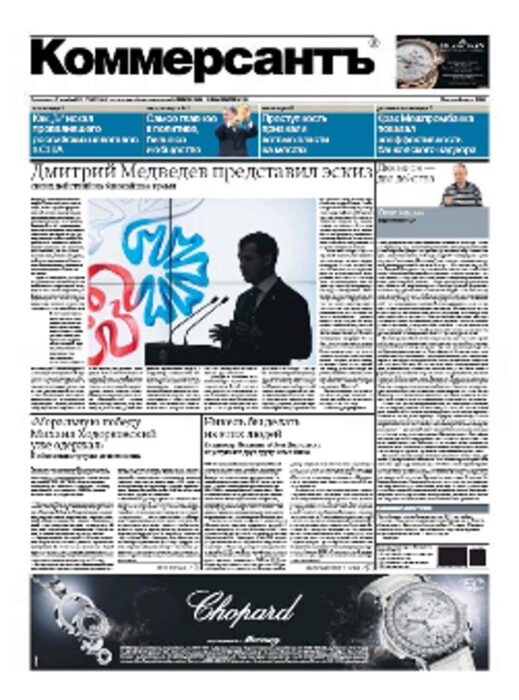
The study “ Reading ‘between the lines’: How implicit language helps liberal media survive in authoritarian regimes” by Alexey Tymbay from Technical University of Liberec demonstrated identification, explicitation, and validation of the implicatures found in the Kommersant (Russia) Telegram channel posts.
After the the full scale phase of the Russia-Ukraine war that was known in Russia as “special military operation”, the Russian state cracked down on the liberal media, with some journalists even labeled foreign agents. Kommersant is one of the last independent journalistic outfits dedicated to journalism that does not toe with the state agenda.
Russian literature has a long tradition of employing what is known as ‘Aesopian language’ (Loseff 1984) to circumvent censorship. Similarly, Kommersant is known for its ‘ironic style’ that it employed even in the early 2000s when there was no actual need for implicit reporting since there was no censorship. Now that the censorship has grown in intensity, Kommersant journalists can employ the ironic style to express implicit anti-war views.
The study had four research questions:
- What are the underlying motives of Kommersant when using implicatures in their Telegram channel?
- What implicit language (implicature types) does the Kommersant Telegram channel use?
- What language do Kommersant’s contributors employ to create implicatures?
- How well can readers with/without prior experience in reading Kommersant identify and explicitate implicatures in their Telegram channel?
The case study employed a complex three-stage linguistic analysis. Perceptual linguistic analysis, critical discourse analysis, and stylistic analysis were used.
The research was conducted with 16 participants in two groups: Group 1, loyal readers of Kommersant and Group 2, those with no or limited knowledge of Kommersant.The groups were comparable in other aspects such as age and education levels. Three of the eight Group 2 had any familiarity with Kommersant. The groups were asked to find implicatures.
The research materials were the research corpus , consisting of Kommersant telegram posts from a select time for a total of 1460 messages. Unsurprisingly, Group 1 found far more implicatures: 108 implicatures compared to the 16 implicatures found by Group 2.
The implicatures were then subjected to a linguistic analysis to identify the motivation of Kommersant, among other things by experts. Then, the groups were asked whether they agree with the experts on their analysis.
Although it was challenging to establish the motive for the use of an implicature, cooperation (reporting while staying with the limits of law), self-protection, and giving additional information were the main reasons. The author then concludes that Kommersant used various linguistic means to place its liberal ideas ‘between the lines’, allowing it to operate within the authoritarian environment.
It is unknown whether the readers loyal to Kommersant are so due to sharing the political viewpoints or due to the quality of the journalism – objectivity. The question arises on how effective Kommersant is its quiet resistance against the official propaganda.
The article “ Reading ‘between the lines’: How implicit language helps liberal media survive in authoritarian regimes” by Alexey Tymbay is in Discourse & Communication. (free abstract).
Picture: Kommersant first page, By Kommersant, Fair use, https://en.wikipedia.org/w/index.php?curid=30311812